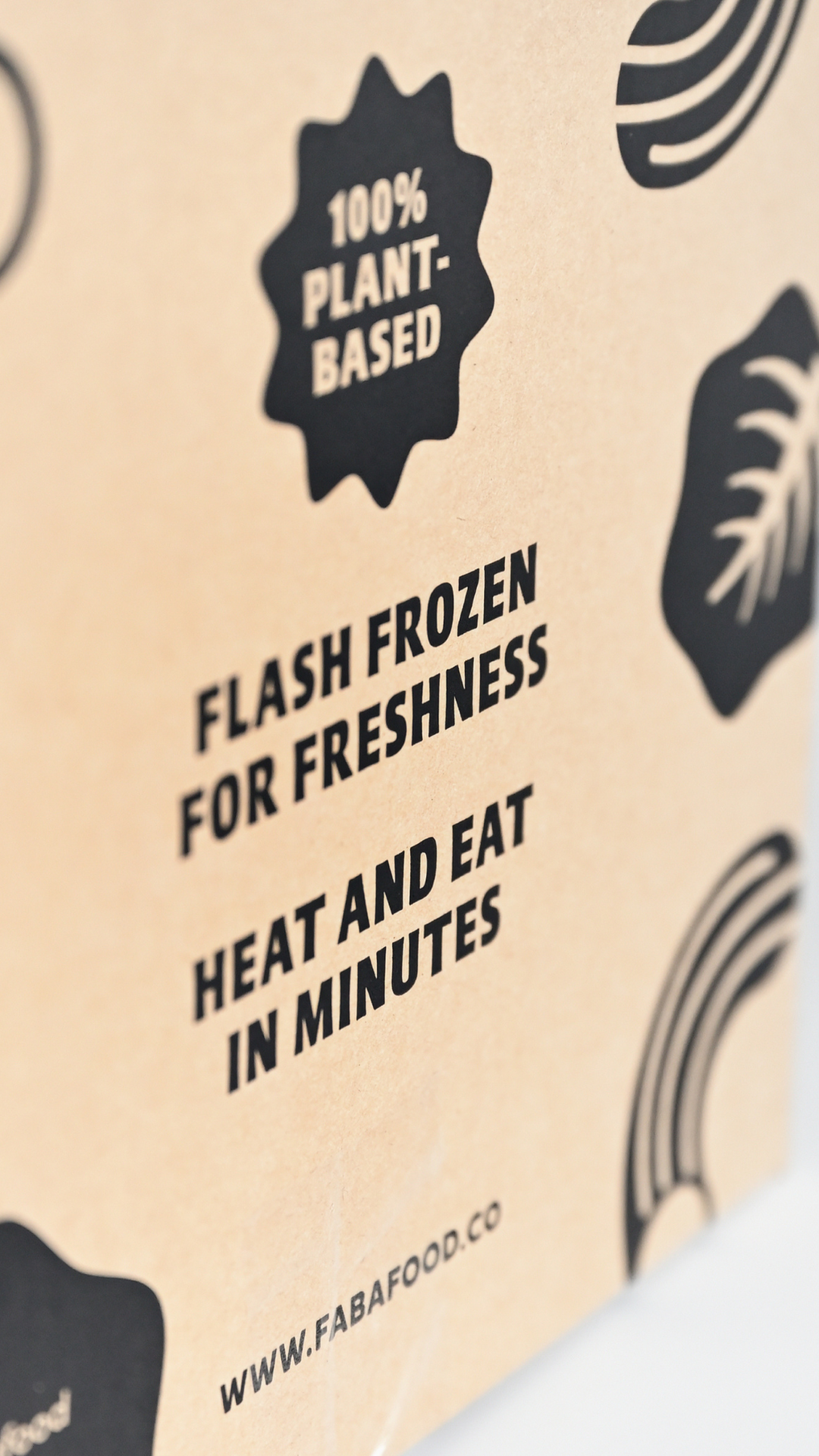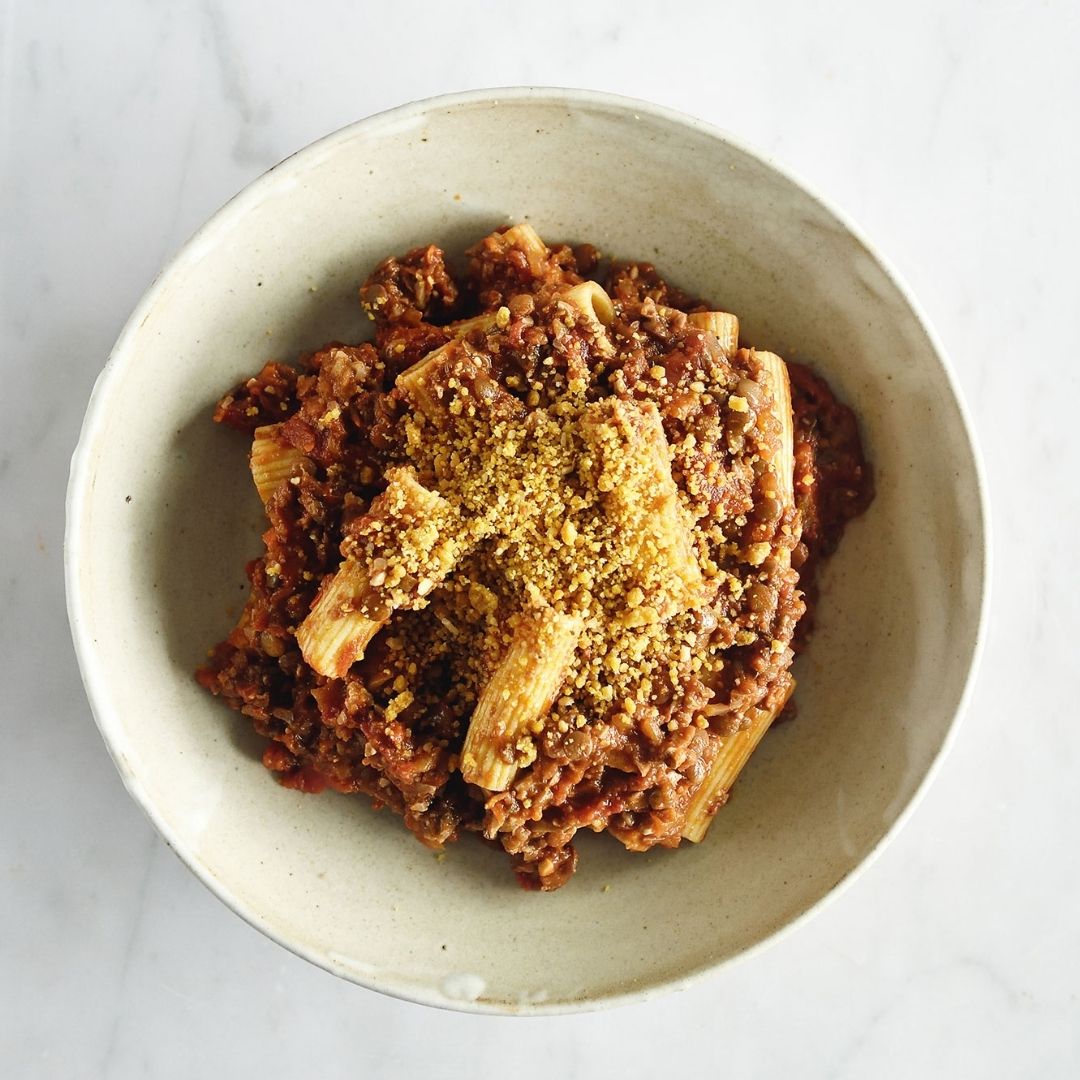
FABA Gluten Fact Sheet
Share
Whether you're looking to reduce your gluten intake, or you need to know for sure that you should avoid gluten in your diet, then this factsheet should provide you with all answers needed. If there's anything not covered here, please message us on our company WhatsApp!
What is Gluten?
Gluten is a general class of proteins that are naturally found in cereal grains like wheat, barley and rye. Gluten helps to give foods their shape and structure by acting as a glue. One example would be that gluten helps form an elastic network that allows gas to be trapped in bread. This gives bread a soft, chewy and airy texture, due to this gluten network forming. This is also why it is crucial to knead your dough for a loaf of bread to help strengthen these gluten networks in bread. Due to gluten’s unique properties, it acts as a binding agent to hold processed foods together to improve texture and promote moisture retention.
Sources of Gluten
Gluten comes from 3 common sources: Wheat, Barley and rye (What Is Gluten? | Celiac Disease Foundation, n.d.).
Wheat
- Breads
- Baked goods
- Soups
- Pasta
- Cereals
- Sauces
- Salad dressings
- Roux
Barley
- Malt (malted barley flour, malted milk and milkshakes, malt extract, malt syrup, malt flavoring, malt vinegar)
- Food colouring
- Soups
- Beer
- Brewer’s Yeast
Rye
- rye bread, such as pumpernickel
- rye beer
- cereals
Some other grains also contain gluten such as Triticale (a newer kind of grain) and potentially oats. Oats are naturally gluten-free, however are often grown and processed alongside these other grains that do contain gluten. Gluten is commonly used as a thickener or stabilizer, which makes it difficult to identify whether they contain gluten or not.
Gluten's Effect on our Bodies
Gluten would usually not have a negative effect on most human bodies, so it is normally not a concern for most. Our bodies produces enzymes in the form of proteases, which help to break down and digest the protein we consume from foods. However, our body’s proteases are unable to completely break down gluten. Thus undigested gluten gets brought to the small intestine, where usually it can be excreted and be removed from our bodies for most people.
Celiac Disease
People that are diagnosed with celiac disease should definitely avoid gluten containing products. Celiac disease is an autoimmune disease where the consumption of gluten damages the person’s small intestines(What Is Celiac Disease? | Celiac Disease Foundation, n.d.). This means that the body rejects gluten like a virus for people with celiac disease. It is derived hereditary, meaning that it is passed down genetically and runs in the family line. When people with celiac disease eat gluten, it alerts the body to induce an immune response that attacks his/her small intestine. This will damage the small projections that line our small intestine, the villi, which in turn affects our absorption of digested nutrients into our bodies. Undiagnosed or untreated Celiac Disease eventually leads to many long term detrimental effects such as nutrition deficiency, heart diseases, other autoimmune diseases like type 1 diabetes and many more. Some common symptoms include abdominal pain, diarrhea, weight loss and fatigue. To understand more about celiac disease, follow the link here https://celiac.org/about-celiac-disease/what-is-celiac-disease/
Non-celiac gluten sensitivity (NCGS)
Others may avoid gluten as their sensitive to gluten consumption resulting in gluten tolerance, aka Non-celiac gluten sensitivity (NCGS) (Professional, n.d.). These symptoms include bloatedness, gassiness, or feel tired. NCGS is not to be confused with celiac disease, as people with NCGS do not have the abnormal gene and antibodies that fights against gluten. Hence people with NCGS just have an intolerance with gluten, and does not destroy your body from the inside such as people with celiac disease causing detrimental long term effects.
How do I Combat Celiac Disease & NCGS?
How can someone deal with Celiac disease or NCGS if they were to be diagnosed with one? Currently, there is no advanced technology or medication to cure Celiac Disease or get rid of NCGS. The only available treatment is, abstinence. Yup, abstinence from gluten. This means following a strict gluten-free diet which would help alleviate and relief the symptoms of those diagnosed with these conditions. Even consuming small crumbs of of bread from a cutting board or toaster dispersed in a gluten-free meal would trigger small intestine damage for those diagnosed with celiac disease. Thus accidental consumption of gluten sources via cross-contamination would jeopardise a person’s well-being and health. For those with NCGS, probiotics in forms of oral supplements could reduce the symptoms of NCGS through increasing the good bacteria in the gut.
How do I follow a Gluten-Free diet?
Cut out gluten containing foods
To follow a gluten-free diet, the easiest, simplest way is to consume foods that do not naturally contain gluten.
These include:
- Fruits
- Vegetables
- Beans, legumes, and nuts
- Gluten-free grains
Foods such as rice, quinoa, potatoes and arrowroot are great carbohydrate substitutes for foods with gluten like bread and pasta to keep you satiated for longer.
Gluten Intolerance can also be combated by consuming a low fat, high fiber diet along with learning to avoid gluten by identifying what goes into your meals.
Incorporate Gluten-free alternatives
But what if you really love and cant bear to part with your favourite pastas? The next best alternative would be to opt for gluten-free products/ingredients, such as gluten-free pastas. It is important to make sure you read the labels of products on the shelves to make sure you do not consume products with gluten! A product with “Wheat-free” does not necessarily mean it will be “Gluten-free”, caution in reading labels have to be given!It is important to know that some naturally gluten-free grains may contain gluten due to cross contact of grains with gluten through harvesting and processing. Hence if this concerns you a lot, look out and purchase for versions tested for gluten and have less than 20 parts per million of gluten.
FABA & Gluten Free Meals
Gluten-Free Meals:
- Tofu Tikka Masala
- Chipotle Burrito Bowl
- Lentil and Chickpea Dal
- Beetroot Buddha Bowl
- Peri-Peri Protein Bowl
Meals containing Gluten
For the meals that contain gluten, most of these meals uses a small amount of soy sauce which contains gluten.
Dishes that include Soy Sauce:
- Smoky Chili Bowl
- Japanese Protein Bowl
- Gochujang Tofu Dubap
- Thai Krapow Noodles
- Mushroom & Pea Risotto
The meals below contain ingredients with gluten that take up a bigger portion of the meal which you should definitely avoid to follow your diet strictly!
Meals that contain larger amounts of Gluten:
- Rigatoni Bolognese
- Mac n Greens
- Chickpea & Eggplant Tagine
- Harissa Cauliflower Bowl
We are currently in the midst of working towards a wider range of meals better suited to our customers of all diets, including those opting for gluten-free meals. We hope this blog has been informative for your understanding of gluten products and why people opt for gluten-free diets! If you are interested to learn more, head over to https://celiac.org/ for more information!




